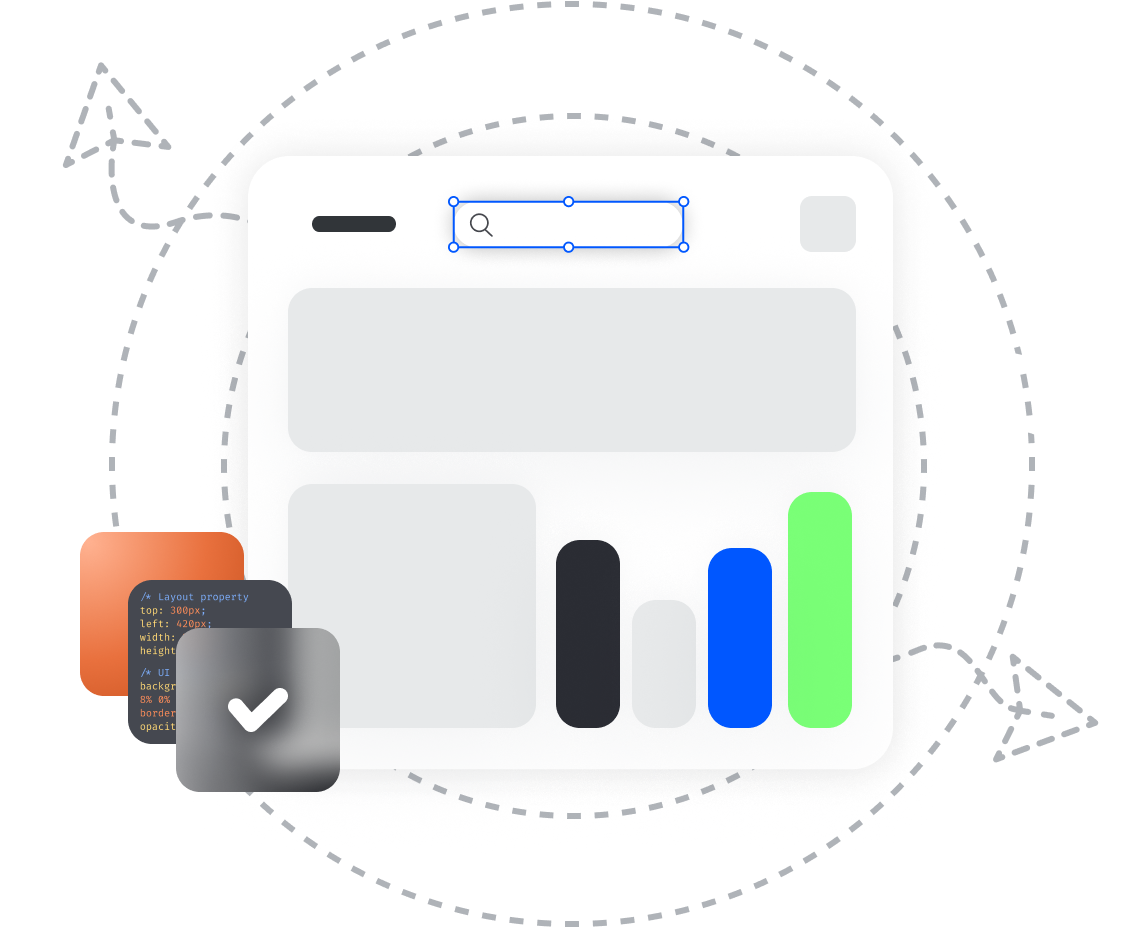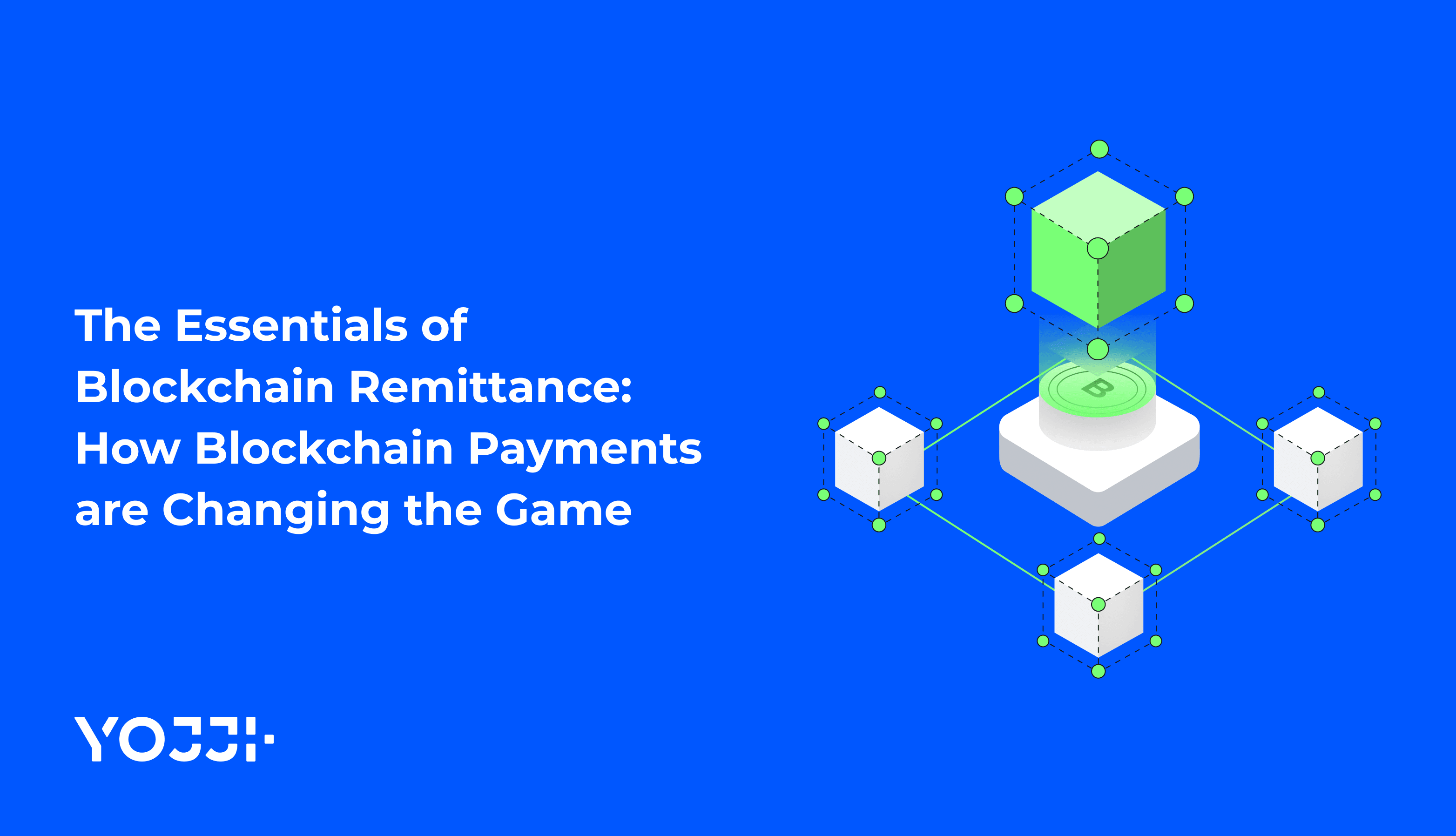Ecommerce website cost: factors that must be taken into account

Today it is impossible to imagine life without online shopping, and the pandemic has only intensified this trend. The importance of technology will only grow because it is so important to be aware of everything that is happening around during coronavirus restrictions. Consequently, the online commerce industry will have a significant advantage in the post-pandemic future.
Online shopping is becoming an increasingly common practice, as fewer people are shopping at malls or choosing offline training. It is predicted that by 2023, the number of people choosing to buy goods and services from online stores will be more than 6.5 billion people.
Creating e-commerce website design: how to start?
The process of developing software for online commerce is similar to creating other websites. However, processing the following issues will help to avoid common mistakes:
-
Create the domain name. Make it easy to remember, but consistent with your company brand. If your business has got own logo and corporate style, then choosing a domain name will not cause any problems. Make a brainstorm for choosing the most appropriate option. Multiple domain name variations are better than one as the first and best names may already be taken.
-
Process the client base. Predict future traffic and the number of customers that determine the platform. Once the traffic is increased, there is a need for more reliable hosting, as well as more frequent maintenance and often more sophisticated features. All this requires more hours and skills from web developers, although this factor can be reduced by involving an external development team.
-
Choose a convenient payment gateway. Your online store visitors should shop quickly and easily: no difficulties should arise. If there is a problem when paying for a product or placing an order, clients will leave the cart goods, and the company will lose customers. There are many payment gateways that you can choose: Dwolla, Payoneer, PayPal, Google Wallet, etc.
Your online store should be mobile-friendly and the customer journey map must be simple. An over-designed software with other pop-ups can distract the customer's attention from making a purchase. The main goal of any online store is to make the customer journey from product catalog to checkout forms intuitive.

Non-obvious issues that affect the price
The factors that most affect the cost of engineering and design (UX / UI) are:
-
Clarity of the requirements and objectives formulation. If you have a clear vision of the product, requirements and desires are already formulated, then the project estimate will be more accurate and lower of cost. Lots of risks may be excluded in this way. The less information is given to the UI / UX agency regarding the project, the more the price will be for the client. When filling out the brief, try to convey to the agency as much data about your business as possible. Then the project manager will spend less time for additional clarification of your niche specifics, company scale, pricing policy, marketing mechanics, etc.
-
The unique design of an online store or template site design. Individual design implies the elaboration of the online store style, taking into account all the business features. This solution allows to build a strong brand identity, and that is the most expensive option. It helps to implement any idea without functionality restrictions and binding existing drafts. Template (ready-made solution, standard theme) is a processed framework for an online store with a certain set of standard pages. All that remains for the creator is to choose the color scheme, fonts, add icons by the stylistics of the company. Such a solution is more budgetary, due to savings on the functionality development price, but is limited by the template framework. It can be used by business owners in a case of necessity for a simple way to promote their business online. The author's solution is a mix of mentioned methods. This is not a typical template, but the result of a specific design studio's developments. The absence of unnecessary functions, which can facilitate the website work, is the main advantage of this method.
-
Business owner’s expertise. The higher your level of awareness is and the more accurately you can transfer this knowledge to the designer, the lower the cost of the project will be. If the analytics is connected, metrics are counted, then specialists do not need additional time for collecting and analyzing data. Collecting user feedback with the help of special services, connecting tools for creating heat maps and recording sessions, etc. can be done even before the cooperation with the designers’ team. But, as practice shows, more than 80% of online stores have problems with setting up analytics and have never connected any services to test usability.
-
The presence of brand identity. If the brand’s corporate identity and brand book are already worked out, the total price will be reduced as well. Here are meant the color scheme, emotions that the site should evoke from the user, and convey them to the designer. In this case, creating a landing page will take 20 hours instead of 40.
Keep in mind that there are graphical elements that can significantly add value to a design. For example, creating unique icons, animation, specific transitions; selecting custom fonts. Making drop-down lists and non-standard mechanics implementation are also meant here. Processing such elements at the stage of layout creating will also take additional time. As a rule, designers spend two hours for processing elements on one online store page. But the more complex the design is, the more time it takes.
How to calculate the cost of the website?
Three main points determine the total amount of money for ecommerce website: the functionality, the technology and other costs. The number of services, as well as their quality, will influence the website price. For example, some system that has no solution on the market yet needs integration. Let’s consider other factors that will influence the final result.
Functionality
- The number of languages. The monolingual site implementation will require additional man-hours, which increase the overall score. Moreover, using a second language will require additional costs. At the same time, implementing the third, fourth, and others will not make a significant impact.
- SEO. The more SEO tools are laid during development, the more time is spent and the higher the cost of the project is. For example, implementing a SEO filter, which greatly facilitates the process of further website promotion, requires additional costs. At the same time, taking such solutions at the stage of creation saves money on promotion in the future.
- Loyalty programs. Complex bonus programs that require high-quality elaboration increase the cost. Here mini-quests for customers are meant, after completing which clients receive bonuses.
- Differentiation of user access rights. The B2B segment assumes dividing visitors into groups for showing different prices. This solution also requires paying for development.
Technology
There are two most popular solutions for creating an online store website: CMS or framework development. The store costs directly depend on this choice. CMS is a software product in the form of a ready-made website framework. It can be edited and filled with content without any special knowledge in programming. This is an excellent solution for online stores with typical requirements: for example, coffee shops or clothing shops. The cost of creating an online store on CMS will consist of the selected CMS configuration cost and the developer rates. A framework is a collection of libraries that serve as tools for building a website. This solution is suitable for online stores with specific goods or services that develop non-standard trade offers or business schemes.
Other costs Creating a website means not only developing design but also includes other costs. Therefore, the owner may also face the following issues:
- Hosting. Hosting is an online service that provides web space on an Internet server. The fees directly depend on the resource intensity of the website.
- Setting up accounting systems. Refinement of the company's accounting systems functionality is necessary for their effective integration with the future website. For example, in some cases, involving developer services who will finalize the capabilities of 1C, are reasonable.
- Domain. It is an online website address in the form of a character set. This is another item of expenses, as there is a subscription fee for using the domain. It starts from $5 per year and will depend on the prestige of the domain zone.
Taking the time and resources for building an online store from the start is much less costly and risky than saving funds and getting a bad website. Most successful stores will recoup their initial investment during the first year or even less. Yojji is ready to provide you with more accurate planning regarding the cost of developing and help to set up ecommerce website.

Yojji successfully delivered the project within schedule. They demonstrated excellent project management via weekly sprint demos and promptly made adjustments based on the client's feedback. Their responsiveness and collaborative attitude were key elements of their work.

5.0
Yojji was an instrumental part of the client’s team, working closely with them to achieve the product’s success. The team was very collaborative and timely, and their performance was amazing. Additionally, their resources were experienced, professional, and enjoyable to work with.

5.0
Yojii is impressive both in quality of development work as well as their commitment. Strong focus on delivery, highly technical personnel, flexible approach that allows for rapid development. Strong processes that allow for solid controls.

5.0
We’re very happy with the way that Yojji works, which is why we’ve spent so much money and engaged them for such a long time. We treat them as employees in regard to responsibilities and expectations, and they haven’t disappointed us.

5.0
As a company, we find Yojji to be excellent development partners - we cannot recommend them more highly and will be very happy to continue working with them in the future.

5.0
They are really nice people with excellent technical backgrounds.

5.0
We used Agile project management methodology and were in contact with the team and project manager daily.

5.0
They all had a super positive outlook and were dedicated to getting the work completed to a high standard.

5.0
Yojji has delivered an accessible product with thorough consideration for the client's requirements. Users have commented on the platform's user-friendliness and speed. Moreover, the team is easy to communicate with and provides frequent updates. Their development and design skills are impressive.

5.0





